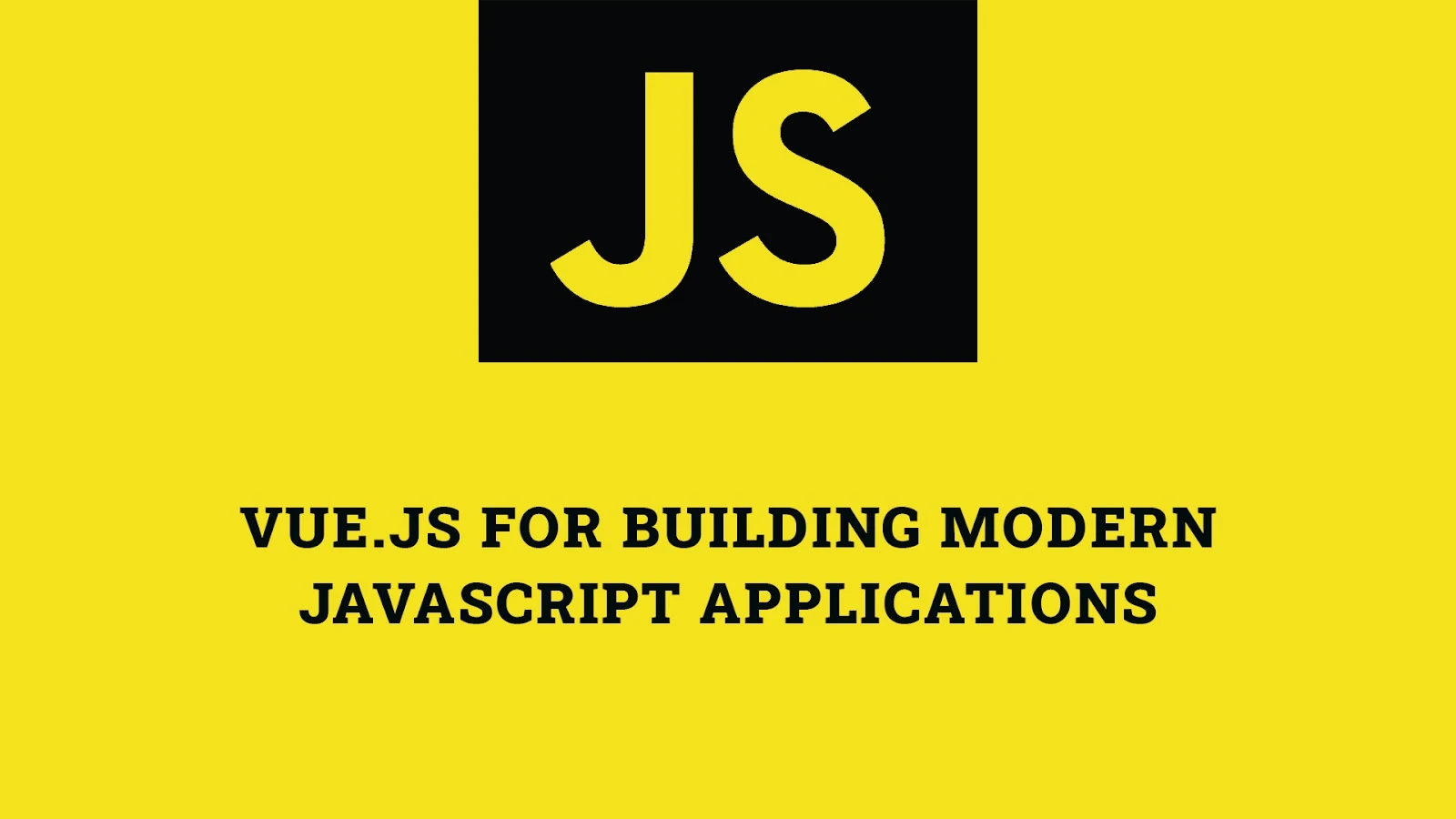Introduction
Vue.js is a progressive JavaScript framework for building user interfaces and single-page applications. Developed by Evan You, Vue.js is designed to be incrementally adoptable, meaning you can use as much or as little of the framework as needed. This article explores how to use Vue.js for building modern JavaScript applications, providing detailed explanations and practical examples to help you master this powerful framework.
Understanding Vue.js
Vue.js is known for its simplicity and ease of integration. It is built on a component-based architecture, which allows developers to create reusable, self-contained components. Vue.js also features reactive data binding, which automatically updates the view when the underlying data changes.
Key Features of Vue.js
- Reactive Data Binding: Automatically updates the view when the data changes.
- Component-Based: Build reusable, self-contained components.
- Single-File Components: Define components using HTML, CSS, and JavaScript in a single file.
- Flexible Integration: Can be used for small projects or large-scale applications.
Setting Up Vue.js
To get started with Vue.js, you need to set up your development environment. You can use the Vue CLI to create a new Vue.js project quickly.
Example: Installing Vue CLI
// Install Vue CLI globally
npm install -g @vue/cli
// Create a new Vue.js project
vue create my-vue-appExample: Project Structure
// Example: Basic Vue.js project structure
my-vue-app/
├── node_modules/
├── public/
│ ├── index.html
├── src/
│ ├── assets/
│ ├── components/
│ ├── App.vue
│ ├── main.js
├── package.json
├── README.mdThe Vue CLI creates a basic project structure with a src directory containing the main application code and a public directory for static assets.
Creating Vue.js Components
In Vue.js, components are the building blocks of the application. Each component is a self-contained unit that includes its own template, logic, and styles.
Example: Creating a Simple Component
// HelloWorld.vue
<template>
<div>
<h1>{{ message }}</h1>
</div>
</template>
<script>
export default {
data() {
return {
message: 'Hello, World!'
};
}
};
</script>
<style>
<style>
h1 {
color: blue;
}
</style>In this example, the HelloWorld component displays a message. The component's template, logic, and styles are defined within a single file using the template, script, and style tags.
Managing State with Vue.js
State management is crucial for handling data in Vue.js applications. Vue.js provides reactive data binding, and you can use Vuex for more complex state management needs.
Example: Using Reactive Data Binding
// App.vue
<template>
<div>
<input v-model='message' />
<p>{{ message }}</p>
</div>
</template>
<script>
export default {
data() {
return {
message: 'Hello, Vue!'
};
}
};
</script>In this example, the v-model directive is used for two-way data binding, automatically updating the view when the data changes.
Example: Using Vuex for State Management
// Install Vuex
npm install vuex
// store.js
import Vue from 'vue';
import Vuex from 'vuex';
Vue.use(Vuex);
export default new Vuex.Store({
state: {
count: 0
},
mutations: {
increment(state) {
state.count++;
}
}
});
// main.js
import Vue from 'vue';
import App from './App.vue';
import store from './store';
new Vue({
store,
render: h => h(App)
}).$mount('#app');In this example, Vuex is used for state management. The store is created with a state object and mutations to update the state. The store is then provided to the Vue instance in main.js.
Building a Real-World Application
Let's build a simple to-do list application to demonstrate how to use Vue.js in a real-world scenario. This application will allow users to add, remove, and mark tasks as completed.
Step 1: Creating the Project
// Create a new Vue.js project
vue create todo-appStep 2: Creating the Components
// Create the ToDoItem component
<template>
<li>
<input type='checkbox' v-model='todo.completed' />
{{ todo.text }}
<button @click='removeTodo'>Remove</button>
</li>
</template>
<script>
export default {
props: ['todo'],
methods: {
removeTodo() {
this.$emit('remove');
}
}
};
</script>// Create the ToDoList component
<template>
<div>
<h1>Todo List</h1>
<input v-model='newTodoText' />
<button @click='addTodo'>Add</button>
<ul>
<ToDoItem
v-for='(todo, index) in todos'
:key='index'
:todo='todo'
@remove='removeTodo(index)'
/>
</ul>
</div>
</template>
<script>
import ToDoItem from './ToDoItem.vue';
export default {
components: {
ToDoItem
},
data() {
return {
newTodoText: '',
todos: []
};
},
methods: {
addTodo() {
this.todos.push({
text: this.newTodoText,
completed: false
});
this.newTodoText = '';
},
removeTodo(index) {
this.todos.splice(index, 1);
}
}
};
</script>// Modify App.vue to use ToDoList
<template>
<div>
<ToDoList />
</div>
</template>
<script>
import ToDoList from './components/ToDoList.vue';
export default {
components: {
ToDoList
}
};
</script>In this example, we create a simple to-do list application with two components: ToDoItem and ToDoList. The ToDoItem component represents an individual to-do item, and the ToDoList component manages the list of to-do items. The App component is updated to include the ToDoList component.
Fun Facts and Little-Known Insights
- Fun Fact: The name "Vue" is pronounced like "view" and was chosen because the framework focuses on the view layer of an application.
- Insight: Vue.js is designed to be incrementally adoptable, allowing you to use as much or as little of the framework as needed for your project.
- Secret: Vue.js has a growing ecosystem with official libraries and tools for state management, routing, and server-side rendering, making it a versatile choice for modern web development.
Conclusion
Vue.js is a powerful and flexible JavaScript framework for building modern web applications. By understanding the core concepts of Vue.js, setting up a project, creating components, managing state, and building real-world applications, you can leverage the full potential of Vue.js to create dynamic and interactive user interfaces. Whether you're working on a small project or a large-scale application, Vue.js offers the tools and features you need to succeed.
 Reviewed by Curious Explorer
on
Saturday, November 30, 2024
Rating:
Reviewed by Curious Explorer
on
Saturday, November 30, 2024
Rating:




No comments: